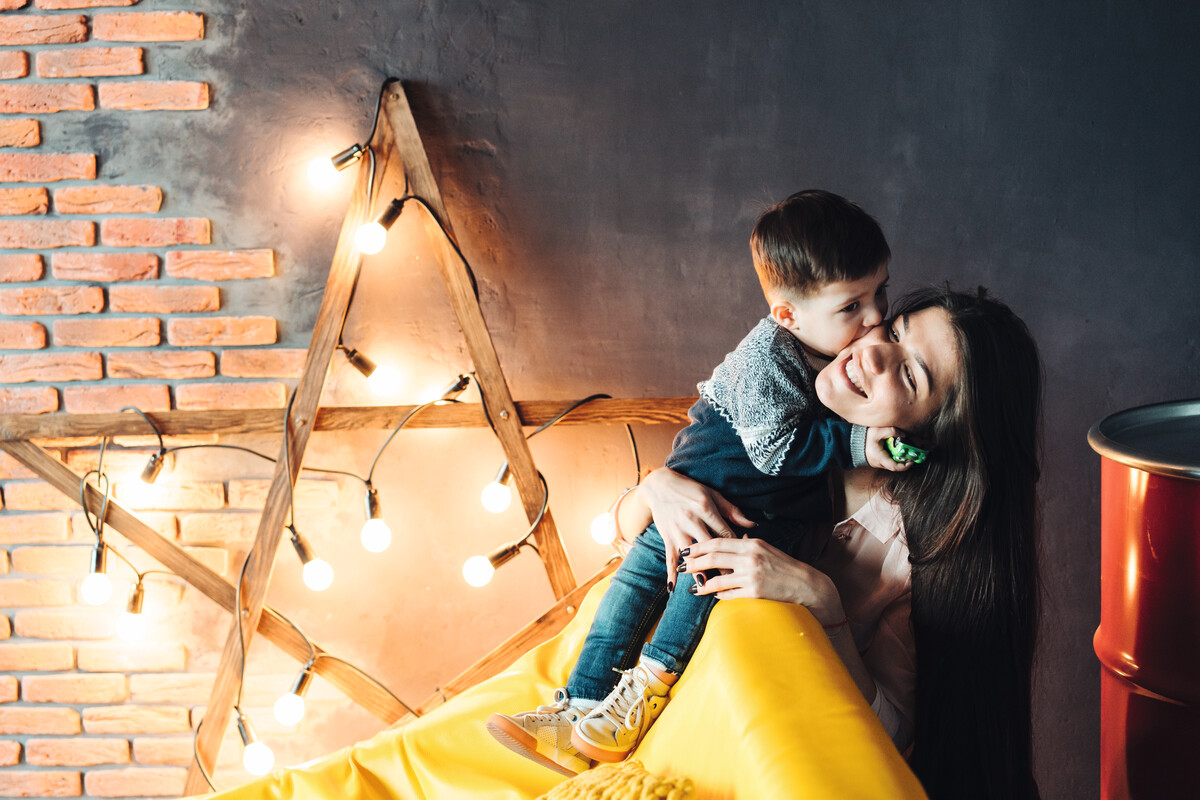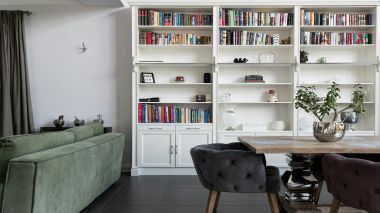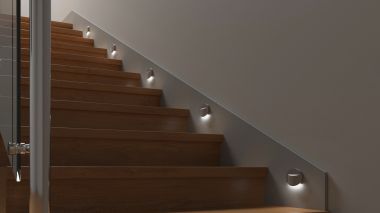4 signs indicating that a lamp needs to be replaced
If a lamp blinks after being turned on, it is a sign that it may be time to replace the light bulb. What to do if this doesn't help? When to replace lighting in the house? How to know if a lamp needs replacing? Read before you plan how to put your lighting in order.

Lamp blinks after being turned on?
It is worth making sure that the light bulb is properly secured in its holder. It often happens that the first resistance felt when replacing a light source is taken as a sign that it has been screwed in all the way to the end of the holder. That is possible if the thread is brand new, but in lamps which have been in use a little longer, accumulated dirt can cause additional resistance and mislead you.
Try (after turning the power off first, of course!) to unscrew the light source and use a vacuum cleaner nozzle to suck up the dust accumulated in the thread of the holder, and then gently wipe the entire holder with a dry cloth. Next, without applying excessive force, screw the light bulb in, gently pushing its cap against the socket of the holder. Did it help? If not, then the holder itself could have come loose; you can try to gently screw it into the fitting. If this still doesn't help, try to have the repair done by an expert or look for a new lamp.
If you want to forget about such problems, choose a fitting with GU10 holders, such as Kanlux GALOBA. Its main advantages are an elegant and space-saving design and ease of use. Replacing a light source is reduced to simply inserting the light bulb and turning it slightly to the left to make sure that the fitting will work.
Easy access to the light bulb provided by the solution is particularly important for lamps hanging in the kitchen, where, as is well-known, the amount of moisture in the air accelerates accumulation of dirt in hard-to-reach places.
"Blinking" LED lights?
Changing light intensity in fittings with a LED source connected through a power supply should draw your attention to its condition. Low-quality power supply devices which have not passed the necessary safe use tests are used quite often, even for good-quality LED solutions.
Sometimes parts are also chosen incorrectly and thus wear out prematurely, which may lead to problems in operation, and even cause a fire. For this reason, a blinking LED light should be checked also for an improper power supply. The first and most important rule is to always use a power supply dedicated for the lamp. That should be the case for LED panels, such as Kanlux BRAVO, for which you can choose specially prepared power supplies that will ensure their long life and correct operation. The second rule is to buy a power supply from the same manufacturer as your selected lamps.
A power supply is often included with the fitting, as in the case of Kanlux AVAR LED panels.
When buying fittings which require a 12V power supply (such as popular small fittings which you want to install near the floor), always ask about choosing a power supply. The manufacturer or seller will help you choose a correct power supply. When replacing a power supply with a new one, make sure that its power is adequate for the lamps to which it will be connected. Choosing a correct power supply will give you peace of mind and ensure trouble-free operation of the lighting. Remember that you can always ask an expert for advice.
Light keeps dimming on its own?
Make sure that wires are properly secured to the terminal block. If they are not, tighten the screws with feeling – provided you know how. If this doesn't help, consider replacing the entire fitting or at least examine the way it is connected to the mains. Screws in typical terminal blocks unfortunately often come loose on their own, causing sparks or overheating, which can even lead to a fire. For this reason, they are being more and more often replaced with the so-called "quick connect" terminal blocks, such as those used in the Kanlux BENO LED ceiling light fittings.
It is a good idea to use them wherever an increased resistance to external factors is required, e.g. in a children's room, where fitting covers are in danger of being hit by a ball or a toy, or in a bathroom. After all, impacts can cause contacts to become loose, while contact with water can lead to a short circuit, especially in older types of fittings. Securing the wires with quick connect terminals is easy and reliable.
Keep also in mind that fittings used in a bathroom should have an IP rating of at least 44. This ensures that the fitting is tight and no water will get inside, which provides additional protection for your lamp and your installation.
Worrying sounds from inside a fitting
Can you hear weird buzzing or soft "crackling" from within the lamp? First, turn the fitting off and consider tightening or replacing the light source. If the problem persists, do not wait – consult an electrician, as this may be a symptom of serious problems, including a fire hazard. If possible, use another lamp and disconnect the fitting which exhibits unusual behaviour from the power supply, or, better yet, remove it completely. It is important that electricity does not flow to the fitting, as, even if it causes no dangerous consequences, it can still increase power consumption. LED light sources from a proven manufacturer, especially those with additional approvals or certificates, cause no such surprises; try our TUV-certified Kanlux iQ-LED solutions.
Hanging lamps, downlight fittings, mini-spotlights and surface-mounted lamps with replaceable light bulbs – all can be equipped with iQ-LED light bulbs. iQ-LED light bulbs mean safe use, eye-friendly colour temperature and reliability, all in a classic light bulb design; in addition, they also ensure lower electricity bills compared to conventional light bulbs or compact fluorescent lamps.
If lighting gives you problems, you can try to solve them, but remember – working with electricity is no joke. If you don't know what you're doing, call an electrician; after all, you don't need to be an expert in everything. There are many potential lighting problems and they have numerous possible causes, including old electrical installation, incorrectly fitted socket, improperly fitted light switch and many more. You can try to resolve these small problems yourself, but remember the first thing you must do before checking the light: always turn the lamp light off and disconnect it from the power source (either by pulling the plug out or by turning off circuit breakers) – this will ensure your safety, even when doing something so simple as changing a light bulb.
Other articles
 How to light your home library and reading space?
How to light your home library and reading space?
Reading is one of those activities that truly allows you to pause—to break away from everyday life...
 Lighting for Mezzanine Floors and High Spaces — Challenges and Solutions
Lighting for Mezzanine Floors and High Spaces — Challenges and Solutions
Not every space has the grandeur of a cathedral — and that is quite fortunate. Low interiors, mezzanine...
 Staircase and Corridor Lighting — Safety and Design
Staircase and Corridor Lighting — Safety and Design
Stairs, corridors and other passageways have specific lighting requirements. This is not only for safety...
 Smart lighting management in your home – where to start?
Smart lighting management in your home – where to start?
Smart lighting systems are not only a matter of convenience, but also a conscious step towards better...
 How does LED lighting work?
How does LED lighting work?
The LED lighting in our homes, offices and public areas is here to stay. Today, it is hard to imagine...
 How can lighting create a spa atmosphere in your bathroom?
How can lighting create a spa atmosphere in your bathroom?
When designing a bathroom, not only aesthetics but also lighting matter—when selected appropriately,...